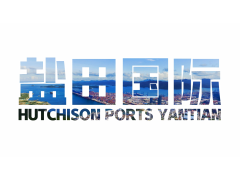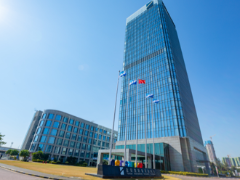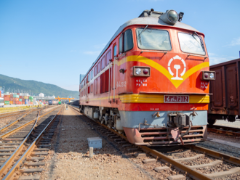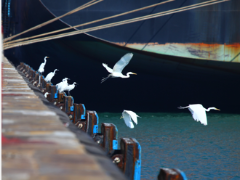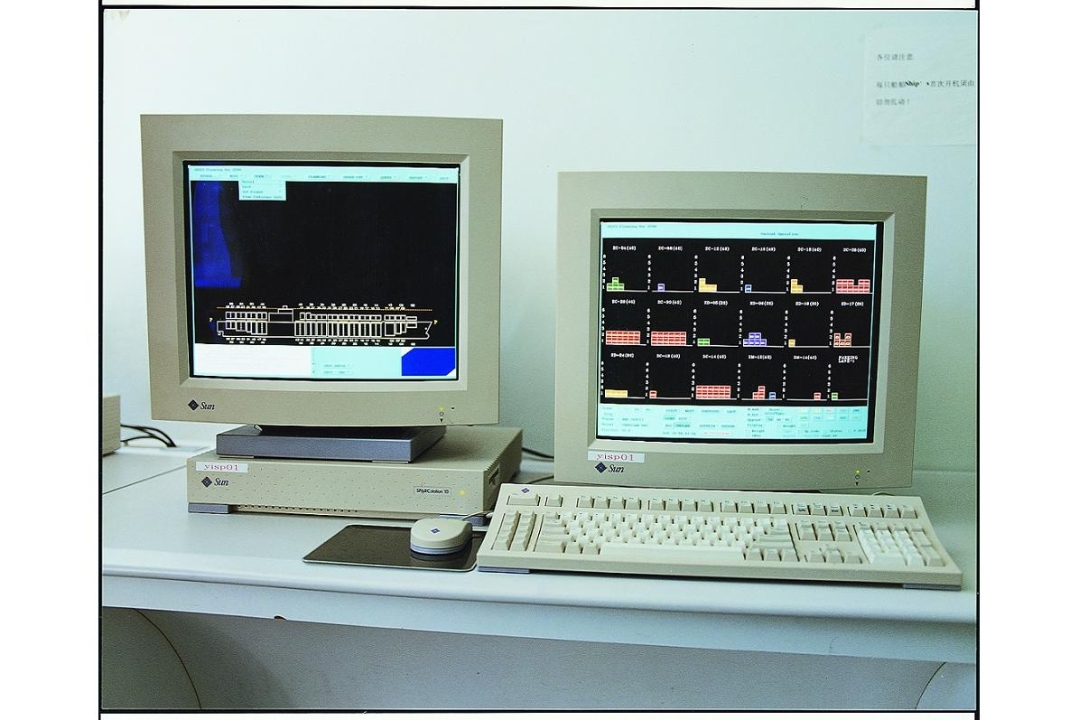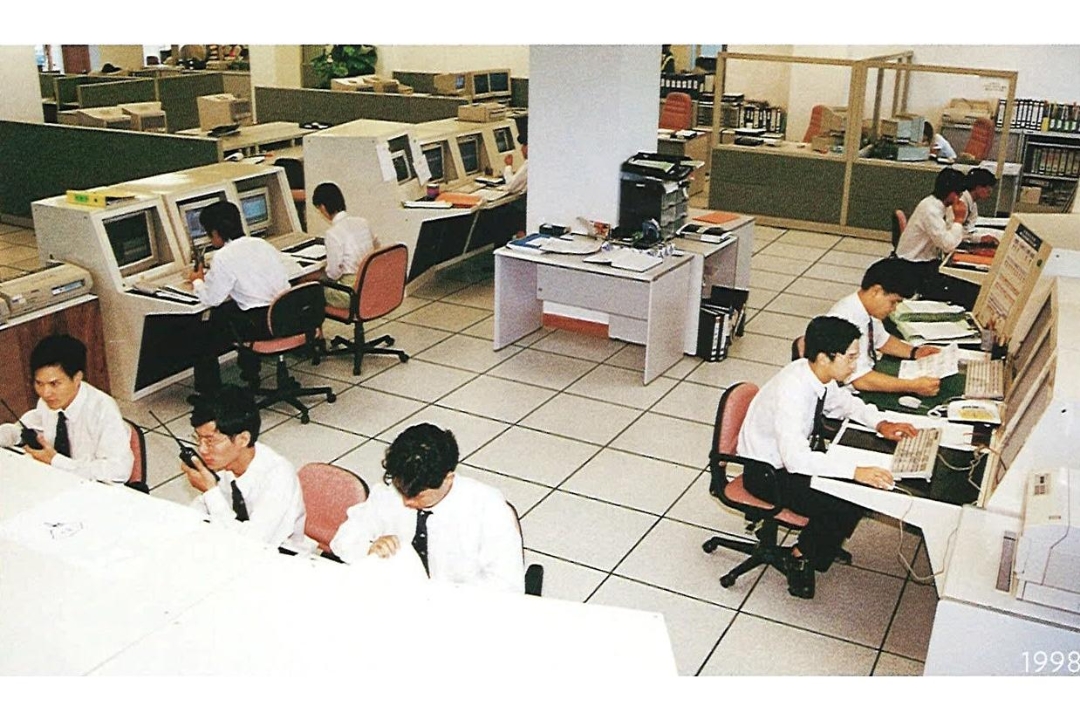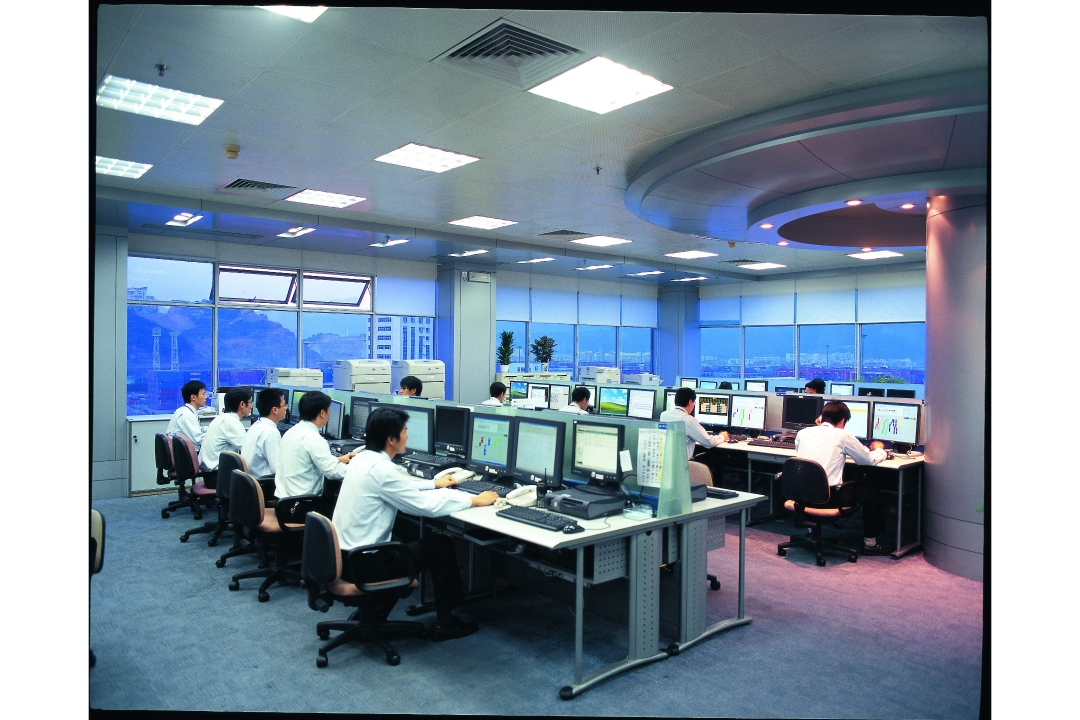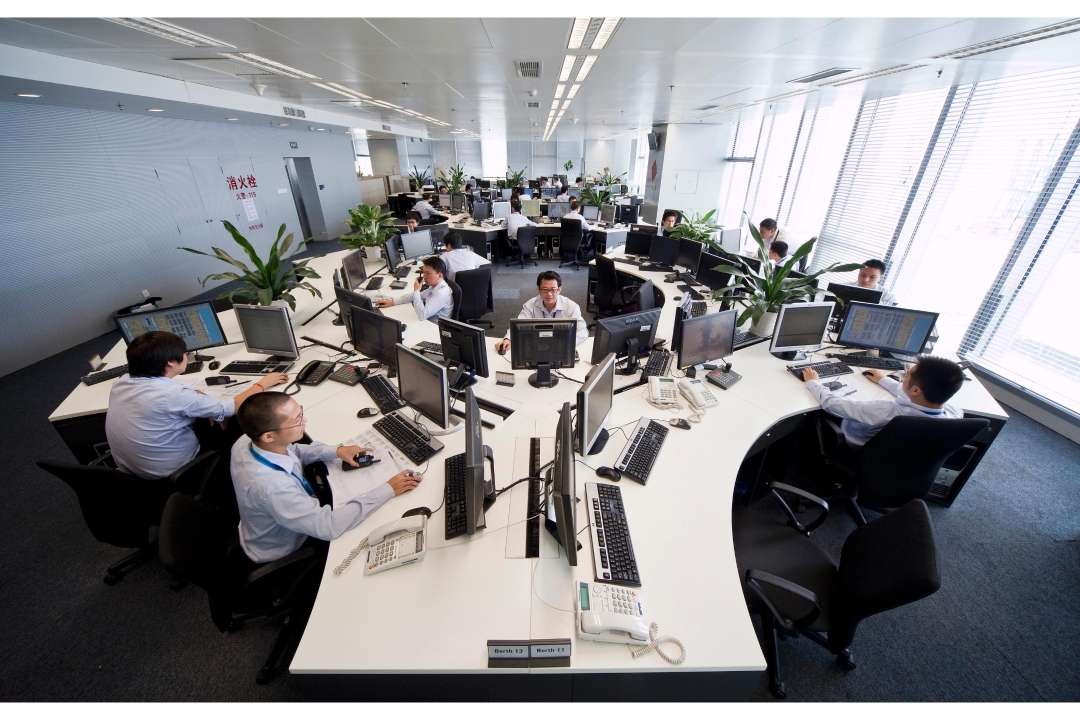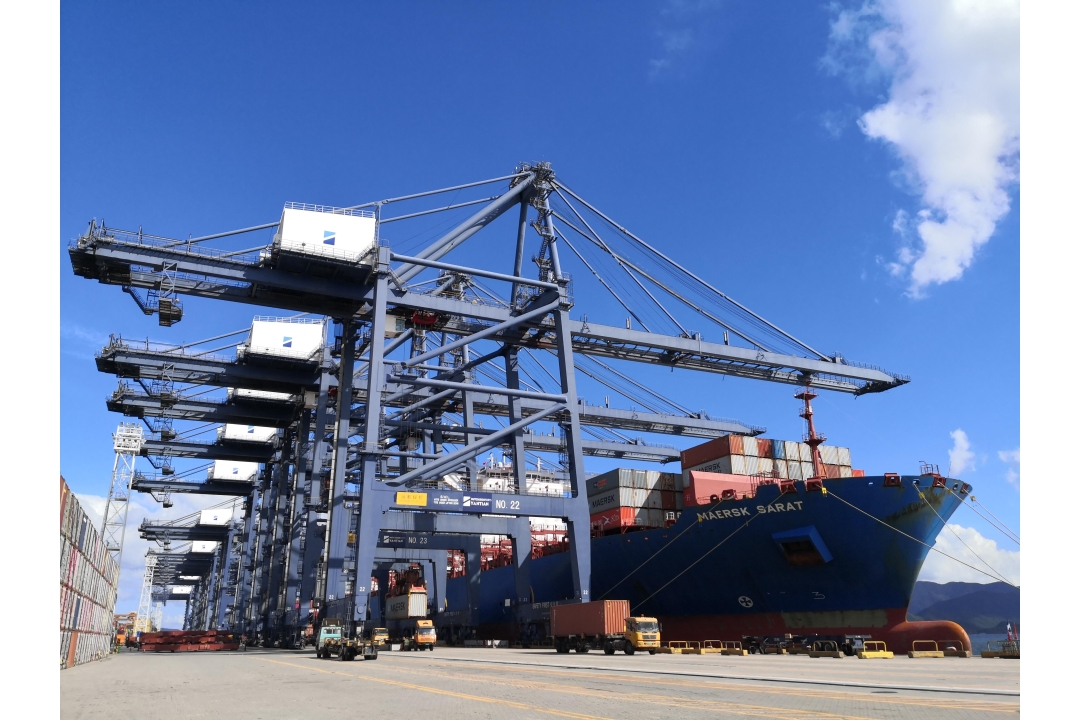YANTIAN and the 40th Anniversary of Shenzhen Special Economic Zone |Going Smart and Green
A
A
A
缩小
加大
更大
Keeping pace with the rapid development of Shenzhen Special Economic Zone, while continuously improving the smart port operation, YANTIAN has also spared no effort on building a smart and green port and creating greater value.
A Smart Port
YANTIAN has been equipped with the advanced terminal management system, CTMS, since it was founded. In 1998, the terminal management system was upgraded to TOMS, which was designed with an annual handling capacity of 2 million TEU. In 2003, the handling capacity of Yantian Port exceeded 5 million TEU, and the new terminal management system nGen, which was co-developed by YANTIAN and Hongkong International Container Terminals, was put into full operation.
The smart operation system can keep running for 24 hours without being interrupted. With information integration and smart operation, scientific and precise terminal management can be realised. Regarding smart yard management, the system can calculate the most optimised yard location among more than 400,000 slots at the container yard and guide the tractor to the site quickly and accurately. The ship planning system can complete the planning of a mega vessel in half an hour with 1,000 moves per minute. In addition, the operation and efficiency monitoring system can reflect the operation and operational efficiency on site in real time. Our professional operation team is able to provide world-class port services for our customers around the clock.
In 2016, the auto-gate project was officially launched. Equipped with the latest container recognition technology, it can achieve remote container inspection with the optical character recognition technology. By simplifying the process of data recording and container inspection at the gatehouse, tractor turnaround time can be controlled within 35 minutes.
In 2020, four remote control and semi-automated quay cranes have been put into operation, which can keep running 7/24. Their handling efficiency can be over 40 containers per hour, thus taking the lead in remote control and semi-automation of quay cranes in Shenzhen Port.
A Green Port
In the process of developing YANTIAN into a world-class port, we have been consistently upholding the principle of environmental protection with the goal to build a green port and be a responsible corporate citizen.
YANTIAN initiated the shore power project in 2015, and was one of the first container terminals in China to conduct a feasibility study on shore power application. At present, YANTIAN is equipped with six sets of mobile shore power systems, covering 16 deep-water berths with a coverage rate of 80%, which can provide shore power for the world’s largest container vessels. Therefore, YANTIAN is one of the container terminals with the largest shore power supply capacity and the highest coverage berth rate in China's coastal ports. By July this year, YANTIAN has altogether provided shore power supplies to vessels calling at the port for more than 12,800 hours, saving 10 million liters of diesel fuel, which is equivalent to the reduction of emission of 12,500 tons of carbon dioxide. With such remarkable reduction in emission, YANTIAN has been awarded as a role model by the Ministry of Transportation.
YANTIAN is one of the first terminals in China to promote the reconfiguration of its diesel cranes to run on electric power. It is also the first terminal in China to use LNG powered container tractors in production. Over the past 10 years, YANTIAN has cut energy consumption and carbon emissions per container by more than 30% and 20% respectively. Hence, it has received ISO14001 and ISO50001 certification for a number of times.
YANTIAN, through its eco-friendly technologies, is able to reduce the carbon footprint of its terminal operations and thus cut costs substantially. For YANTIAN, it is a win-win deal, realising enterprise profits while practising corporate social responsibility. It has made steady progress en route to be a world-class port. Over the past 27 years, YANTIAN has become an iconic symbol of Shenzhen and an epitome of regional development in China. In the future, we will continue to contribute to the regional development and global transportation network of foreign trade.

